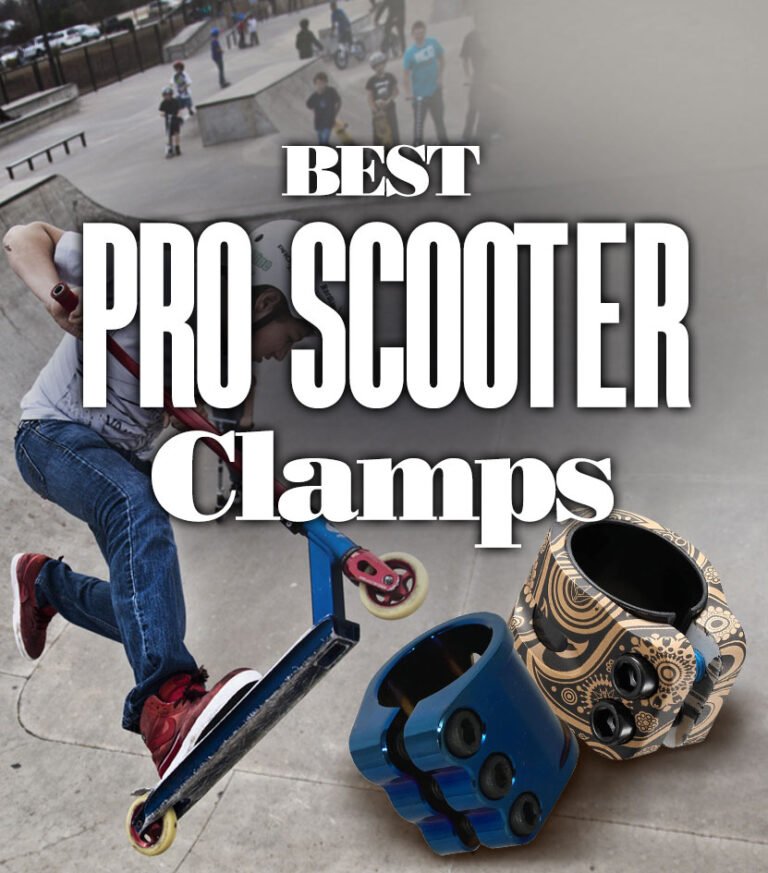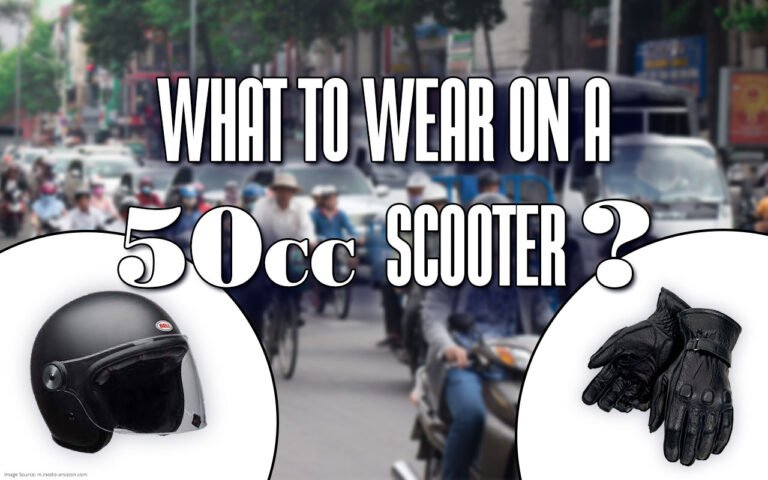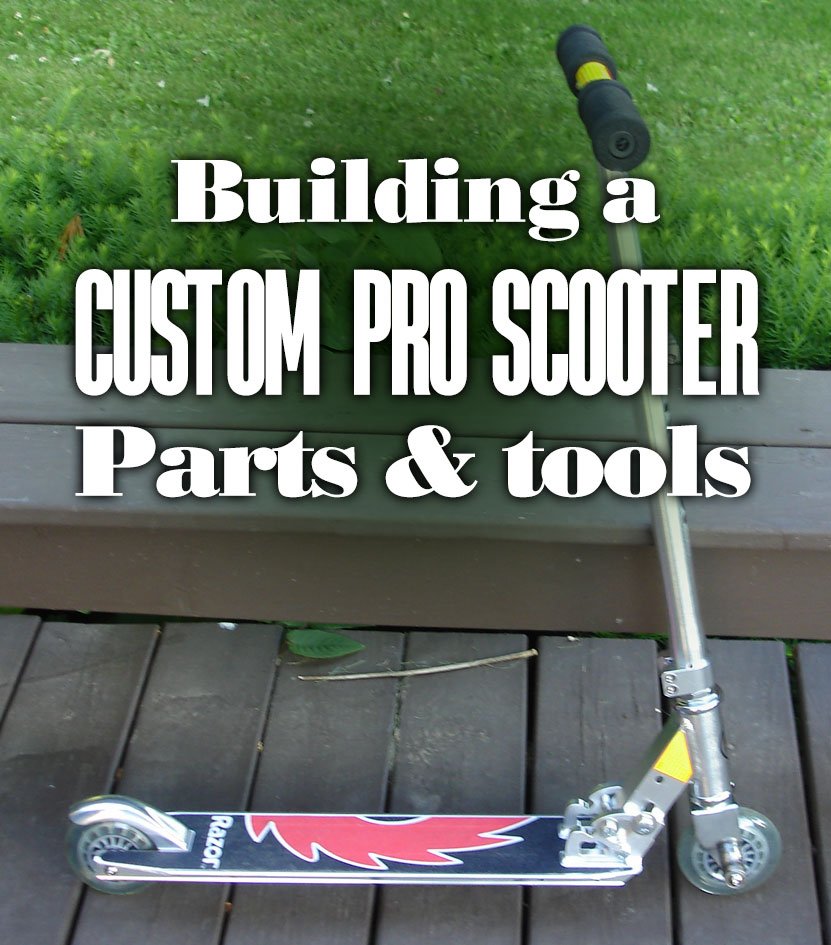
Many people are interested in building their own pro scooter. After all, what better way to enjoy your favorite sport than by making the equipment yourself? But where do you start? Where can you buy the parts? What tools will you need to construct a professional-quality pro scooter from scratch? This article will answer those questions and more! We’ll provide a list of 8 essential tools and parts that are needed for creating a custom pro scooter.
Below is a list of pro scooter parts you’ll need for your own custom pro scooter, in addition to some helpful tips.
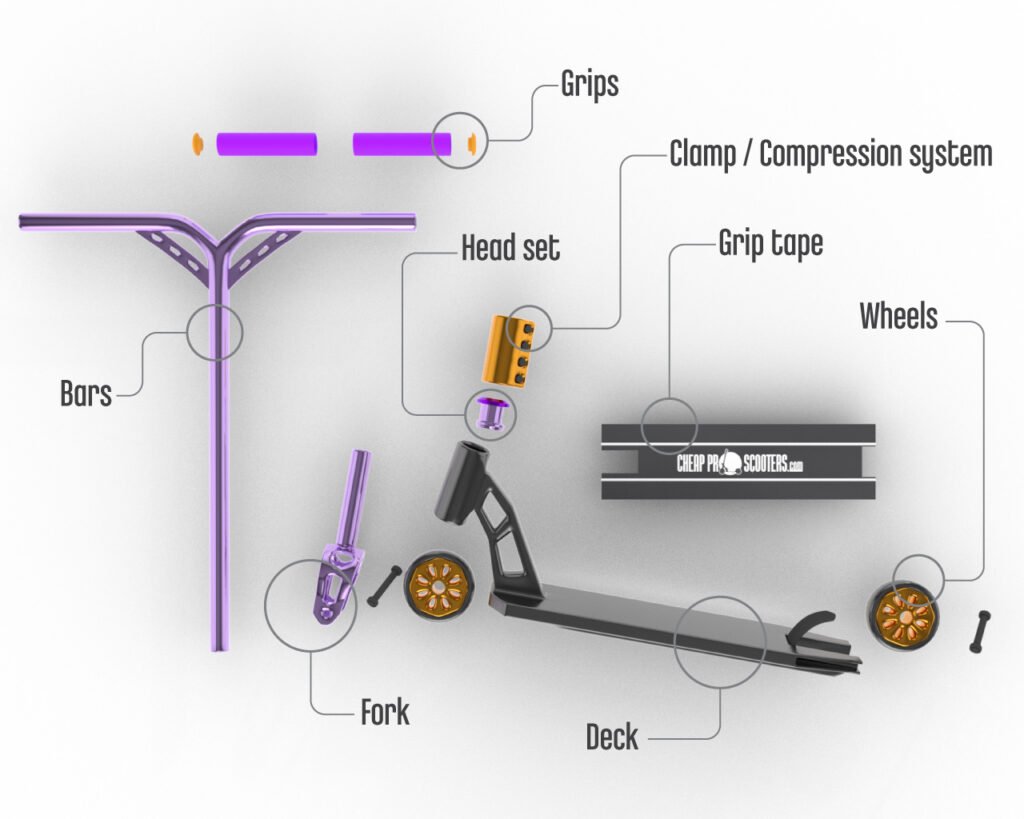
- Deck
- Fork
- Headset
- Wheels
- Bars
- Grips
- Grip Tape
- Clamp or compression system
Deck
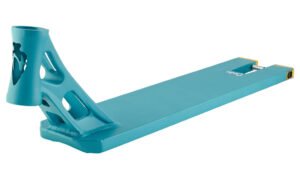 A custom scooter starts with the deck, meaning that the first step is to determine what shape you would like for your board—considerations for building a pro scooter: width, length, and boxed-end.
A custom scooter starts with the deck, meaning that the first step is to determine what shape you would like for your board—considerations for building a pro scooter: width, length, and boxed-end.
Fork
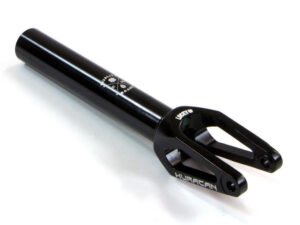 The fork on a custom pro scooter should be chosen based on the type of bars you want to use. The largest forks are typically for oversized bars, while standard-sized bars work best with an ICHC Fork or aluminum bar.
The fork on a custom pro scooter should be chosen based on the type of bars you want to use. The largest forks are typically for oversized bars, while standard-sized bars work best with an ICHC Fork or aluminum bar.
Headset
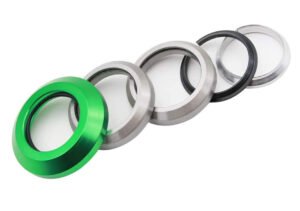 Headset spacers and dust covers are all designed to help the bars spin smoothly. Most headsets have a corresponding spacer for HIC and SCS forks, but IHCs typically come with their own headset spacer.
Headset spacers and dust covers are all designed to help the bars spin smoothly. Most headsets have a corresponding spacer for HIC and SCS forks, but IHCs typically come with their own headset spacer.
Wheels
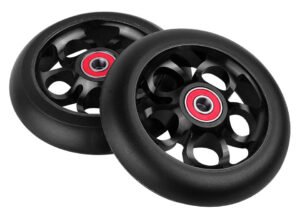 The wheels are the only part of a scooter that touches the ground. There’s plenty to think about before buying a set of new ones, including diameter size (100 millimeters, 110 millimeters, 120 millimeters, etc.), rim type (spoked or not), and bearing quality (measured by ABEC tolerance)
The wheels are the only part of a scooter that touches the ground. There’s plenty to think about before buying a set of new ones, including diameter size (100 millimeters, 110 millimeters, 120 millimeters, etc.), rim type (spoked or not), and bearing quality (measured by ABEC tolerance)
Bars
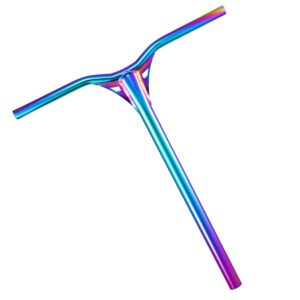 The part you use to steer your scooter is known as the bar. There are a few things you want to consider when looking for one: height, width, material (steel or aluminum), and straight Tbar or not. You’ll also want to be aware of which fork it’s compatible with; an oversized bar goes with HIC/SC, and standard size and aluminum bars go with IHC forks.
The part you use to steer your scooter is known as the bar. There are a few things you want to consider when looking for one: height, width, material (steel or aluminum), and straight Tbar or not. You’ll also want to be aware of which fork it’s compatible with; an oversized bar goes with HIC/SC, and standard size and aluminum bars go with IHC forks.
Grips
You need to choose what type of grip you want before choosing how long or thick they are. You also have to decide whether or not you want the grips to be soft or hard.
Grip Tape
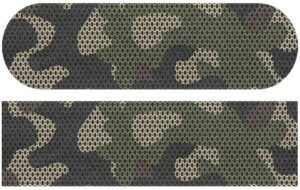 Grip tape is a sandpaper-like material that sticks to the deck and helps keep your feet from sliding off. There are a few things you’ll consider when getting grip tape, like width length, grit, color, and design.
Grip tape is a sandpaper-like material that sticks to the deck and helps keep your feet from sliding off. There are a few things you’ll consider when getting grip tape, like width length, grit, color, and design.
Clamp
Bars and forks use a clamp or compression system that holds the two together. The outside diameter of your bars determines the type of clamp you need. Oversized clamps fit oversized bars or aluminum ones, while L-shaped clamps work for button-head crank arms.
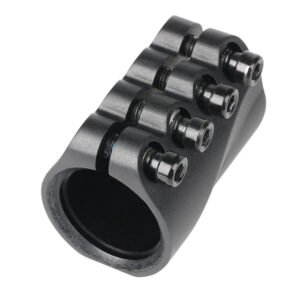 Clamps for the standard-sized bars are available in a variety of diameters. The SCS system provides both the clamps and the securing mechanisms so that you don’t need to invest in separate pieces.
Clamps for the standard-sized bars are available in a variety of diameters. The SCS system provides both the clamps and the securing mechanisms so that you don’t need to invest in separate pieces.
Important Notes
Headsets come in standard sizes, and they fit 99.9% of all decks.
It’s not as if aluminum bars can be standard-sized on the inside and oversized on the outside. Custom frames that use aluminum bars more often than not have an IHC fork and an oversized clamp.
Grips come with two sets of bar ends: one is the set for aluminum bars and another set for all other bars.
Frequently Asked Questions(FAQ)
Where can you buy customized pro scooter parts?
You can find items like handlebars and wheels at a scooter store or online, but you will need to visit the nearest hardware store for axle bearings or star nuts.
How to start building a Custom Scooter?
Building your own custom scooter is not as straightforward as it may appear on the surface. To construct a pro scooter, for instance, you need to know what components are in that type of scooter and if you want to get professional engineering guidance before starting your project.
Once you have a blueprint of all the necessary components, you need to find them before building. You should purchase materials with compatibility and sizing in mind—bearings, spacers, nuts, bolts—as using incompatible or poorly constructed parts will prevent you from going anywhere even if they are all there.

